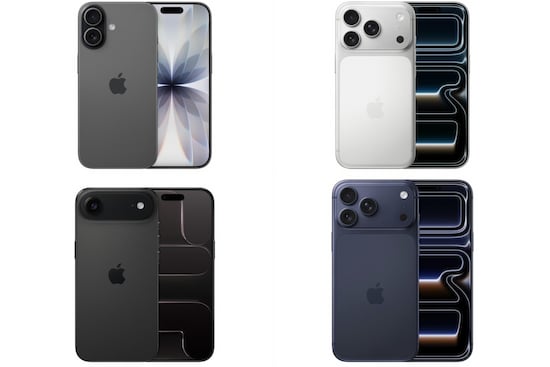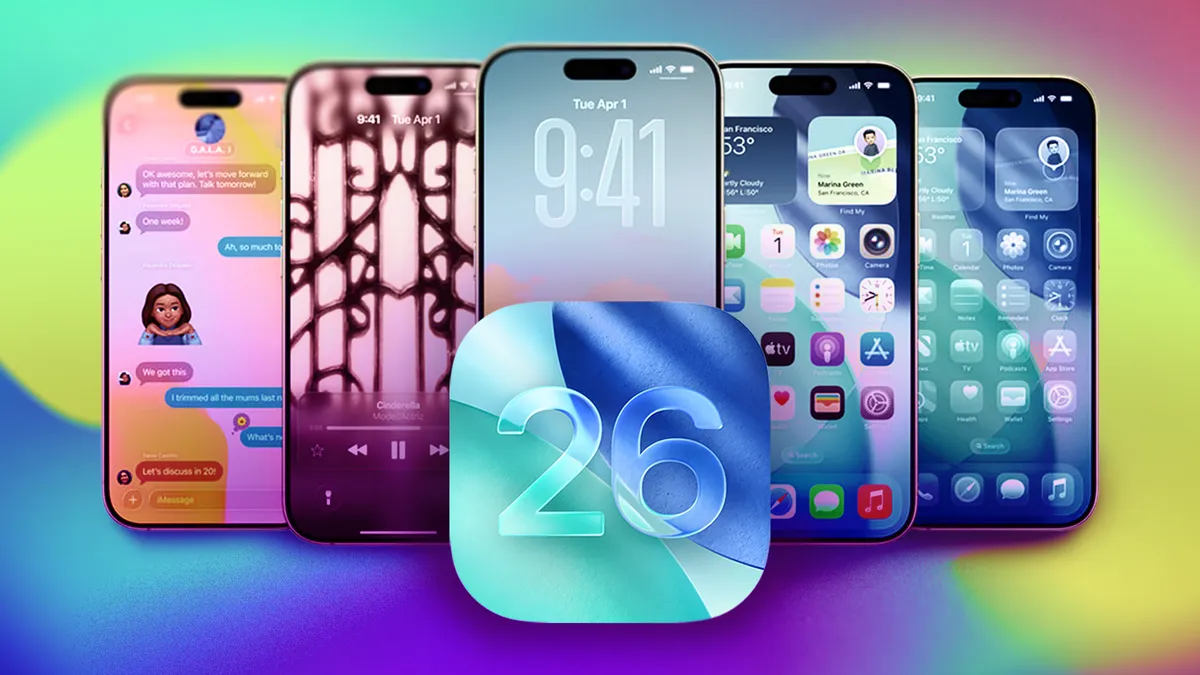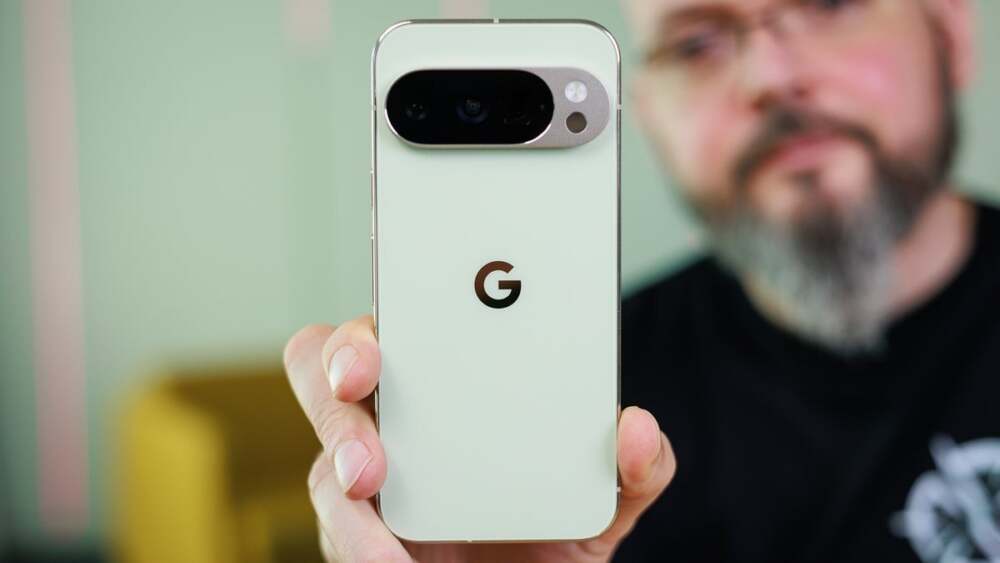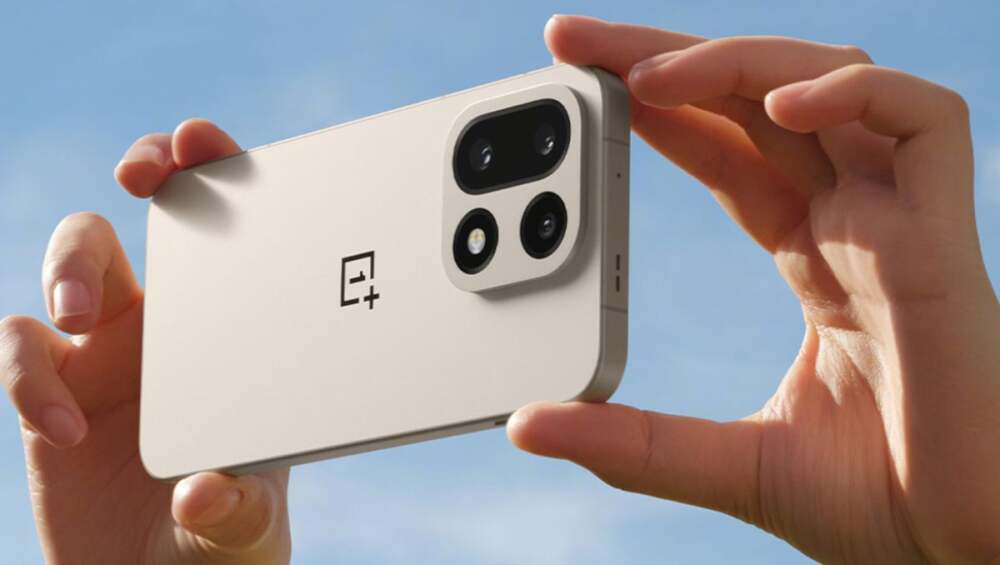September 24, 2025
Apple’s latest release — the iPhone 17 series — marks one of the biggest design overhauls in recent years. With four models now offered, including the brand-new iPhone Air, Apple is pushing hard on thinness, display tech, camera performance and materials. But as always, some trade-offs emerge. Here’s what you need to know.
What’s New & What’s Different
- iPhone Air: The standout of the bunch, this is Apple’s thinnest phone ever, measuring just 5.6 mm in profile. Built with a titanium frame and durable glass materials, it manages to be light yet remarkably rigid. Its 6.5-inch 120 Hz display is bright and sharp, delivering fluid motion in interface and scrolling.
- Performance Upgrades: All models in the iPhone 17 family are powered by Apple’s new A19 chip (with “Pro” or “Pro Max” versions getting the enhanced “A19 Pro” variant). Improvements are especially evident in graphics, AI tasks, and efficiency under sustained load.
- Display & Design: The shift to a ProMotion 120 Hz screen across the lineup (previously limited to Pro models) is a welcome upgrade. Brightness, contrast, and refresh rate combined give a much more premium feel. The Pro models also feature a redesigned “camera plateau” instead of the older square camera bump — a horizontal bar that adds style and houses upgraded optics.
- Camera Systems: The non-Pro phones get strong main cameras (48 MP in many), with better sensors and image processing, though they are less versatile for telephoto or ultra-wide shots. The Pro and Pro Max models offer more zoom capability, better lenses, and more features for professionals like ProRes video, improved stabilization, and enhanced low-light performance.
Strengths & Trade-Offs
Strengths:
- The iPhone Air is a marvel if you want an ultra-thin, stylish phone without giving up most flagship features.
- For most daily users, the regular iPhone 17 offers excellent value: upgraded display, same chip performance (in many tasks), strong camera quality.
- The Pro models are clearly aimed at power users — creators, photographers, video editors — who will appreciate the extra optical zoom, better thermal management, and superior video options.
Trade-Offs:
- Battery life: the thinnest model (iPhone Air) pays a price. Its battery is smaller, and though Apple’s claims are decent, heavy users may find themselves recharging sooner than with Pro models.
- Thermal or sustained performance in the Air might lag behind under prolonged high-intensity usage, because a thinner device has less room for cooling components.
- Audio and speaker setups are simpler in some models; the Air in particular makes some compromises (mono speakers, for example), which may matter to users who consume a lot of media or want loud, immersive sound.
Who Each Model is For
- iPhone Air: Best for those wanting the thinnest, lightest premium phone; design lovers; users who favour aesthetics and portability over features like multiple cameras or extended battery life.
- Regular iPhone 17: Solid all-rounder. Great for most people who care about performance, display quality, and camera, without paying Pro-level prices.
- iPhone 17 Pro / Pro Max: For prosumers and creators. If you shoot video, zoom often, need the best optical capabilities and longer battery life, these are the models designed for you.
Bottom Line
Apple’s iPhone 17 series is its strongest push yet to blend sleek design with flagship features. The iPhone Air is exciting — it shifts what’s expected in premium phones toward extreme thinness and style. But those priorities come with costs. If you need top-tier camera versatility, longer battery or more durable performance under heavy use, one of the Pro models will still serve you better.
If you’re choosing between models, think first about which features you truly use every day — weight and slimness vs camera versatility vs battery longevity. For many, the iPhone 17 or Pro model will hit the sweet spot. But if you want something that stands out in design and form, the iPhone Air is definitely a conversation starter.
















Leave a Reply